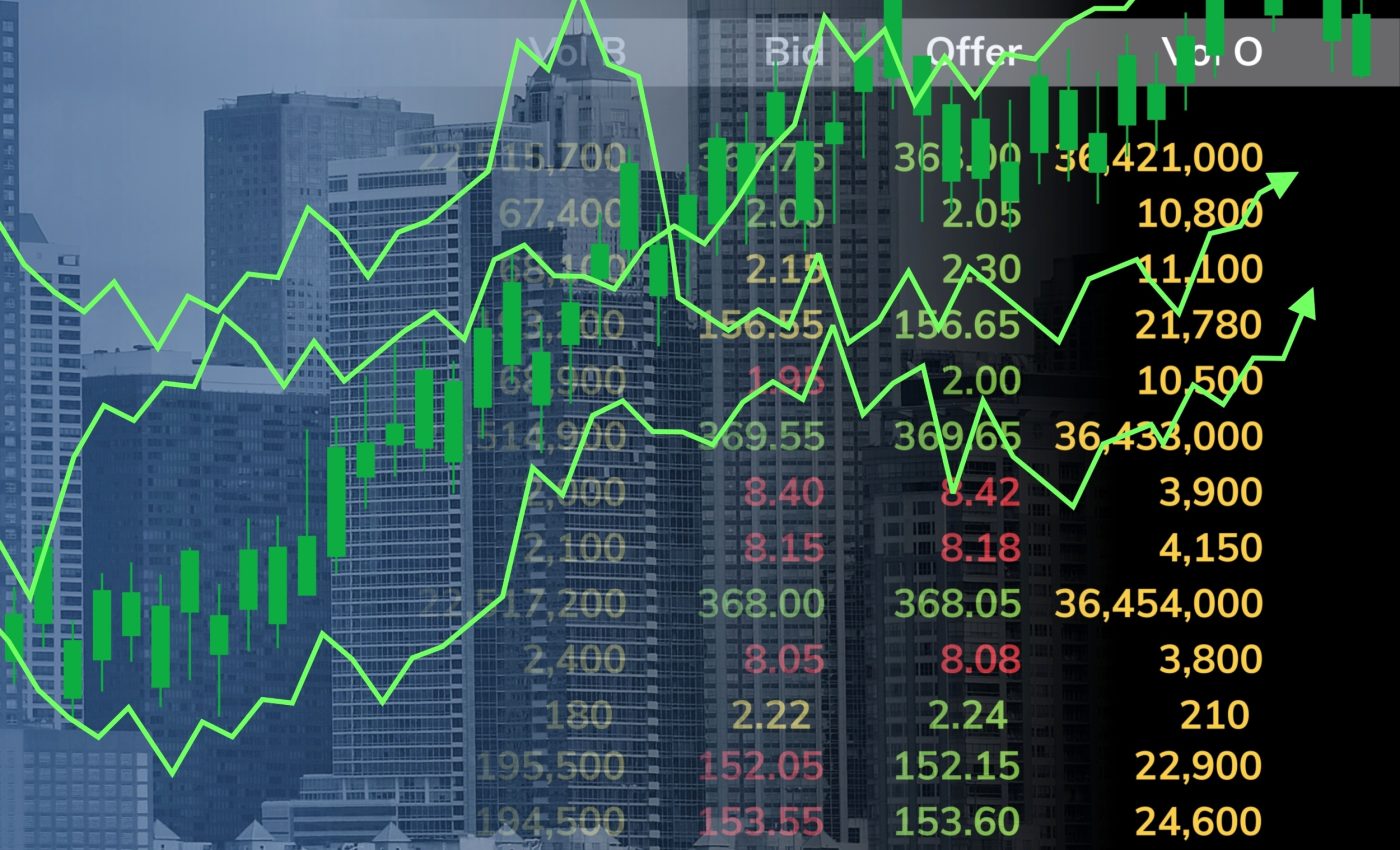
Brains and stock markets recover from collapse in the same way
When complex systems approach a critical tipping point, they tend to collapse quickly and recover slowly. A new study reveals that this pattern follows a simple, physics-based rule that predicts how systems unravel and heal.
Using data from brains under anesthesia and stock markets in 39 countries, researchers show that networks closer to an abrupt transition collapse more suddenly and rebound more sluggishly than those near gradual shifts.
The team’s model uses signals measured before a collapse to forecast how the system will behave afterward.
The science of tipping points
The work was led by Dr. UnCheol Lee at the University of Michigan (UM). His research focuses on anesthesia, consciousness, and network dynamics.
Many living and social systems operate around criticality – a poised operating state near a transition that supports flexible function. Nudge a system away from that point and it may lose efficiency or resilience.
Physicists describe these changes as phase transitions, shifts between states that can be abrupt or gradual. Water freezing is abrupt, while a magnet weakening with heat is gradual.
“Anesthetic drugs can be considered as introducing a controlled crisis in the brain, interrupting the brain’s network to induce unconsciousness,” said Dr. Lee. His observation connects hospital care to the math of networks.
Physics of recovery and collapse
In networks, an abrupt switch into lockstep behavior is called explosive synchronization (ES) – a sudden jump into widespread synchrony across many nodes.
Explosive synchronization was documented in a 2011 paper that showed how structure and dynamics can conspire to produce a step-like change.
The Michigan team asked a practical question: Can we gauge how close a system stands to that abrupt edge and then predict its collapse path?
The researchers used time series tools, focusing on the autocorrelation function, a measure of how similar a signal is to itself at a later time. A single statistic, kurtosis – a measure of how heavy the tails of a distribution are – became the key marker of ES proximity.
Work on early warning signals shows that variance and memory often rise before tipping points. This study adds phase transition type to the toolkit and explains why some collapses are whiplash-fast while recoveries crawl.
Parallel crises, shared physics
The team analyzed electroencephalography (EEG) from healthy volunteers as they lost and regained consciousness under propofol.
Propofol has distinct EEG signatures at these boundaries, as demonstrated in a 2013 study that linked brain rhythms to behavioral responses.
Brains with higher ES proximity in quiet wakefulness lost responsiveness sooner under the same drug level. Those same brains took longer to regain responsiveness once the drug waned.
Next, the researchers built stock market networks from daily prices across 39 countries before, during, and after the 2008 collapse.
Markets with higher ES proximity before the turmoil fell faster during the crash and took longer to recover afterward.
The National Bureau of Economic Research (NBER) dates the U.S. peak at December 2007 and the trough at June 2009. The NBER committee provides the official timeline used by economists.
Predicting collapse before it hits
If ES proximity can be estimated from routine signals, clinicians could personalize anesthesia plans for safer care.
A brain that looks closer to the abrupt edge might need gentler dosing and closer monitoring as consciousness returns.
Finance may also benefit. A market flagged as closer to ES could prompt stronger buffers in liquidity, leverage, or circuit breakers before stress arrives. The idea is not about timing a crash, it is about shaping resilience ahead of time.
“Dr. Lee’s work is highly innovative. Leveraging network science to understand the common dynamics of the brain and other complex systems has been a long-standing goal of our Center,” said Dr. George Mashour, founder of the University of Michigan Center for Consciousness Science.
Building a better collapse recovery model
Three scientific threads deserve attention. First, we need tighter math linking ACF kurtosis to ES proximity across many models, not only those used here.
Second, researchers should test whether targeted changes can shift ES proximity in practice.
In networks, hysteresis – history-dependent lag when returning to baseline – can be reduced by changing connections or feedback strength.
Third, early-warning methods should combine distance from criticality with phase-transition type. A system may be close to a tipping point, yet still recover quickly if it sits on the gradual side of the line.
This study suggests a common playbook for crises in brains and markets. The shared rule is simple: the closer a network stands to the abrupt limit, the quicker it falls and the slower the recovery.
The study is published in the journal Proceedings of the National Academy of Sciences.
—–
Like what you read? Subscribe to our newsletter for engaging articles, exclusive content, and the latest updates.
Check us out on EarthSnap, a free app brought to you by Eric Ralls and Earth.com.
—–













